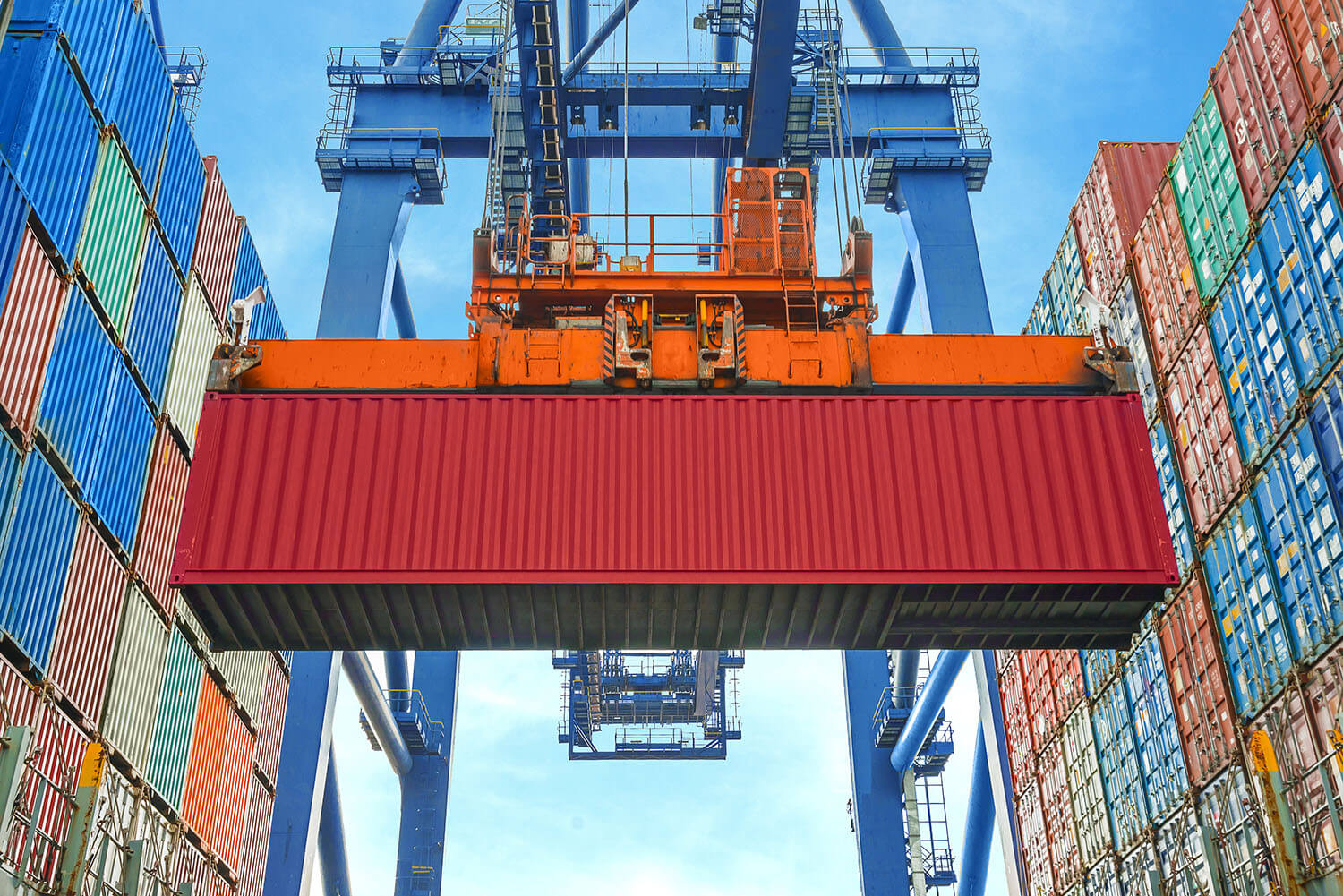How to Prevent Cargo Damage and Freight Damage

Every day, trillions of dollars’ worth of goods flow in and out of our country’s borders. According to the World Trade Organization’s 2017 survey, the United States is the world’s second largest exporter, with a value weighing in at approximately 1.5 trillion dollars in 2016.
The U.S. also leads the global economy in imports, receiving a value of about 2.2 trillion dollars. What this means, in short, is a constant inflow and outflow of cargo and freight storage containers traveling between our docks and the rest of the country.
From chemicals to oils, cars to home electronics, cell phones to pharmaceuticals, the goods transported to and fro within this multi-trillion dollar industry demand thorough protection.
Freight damage and cargo damage incidents occur more frequently than you might expect, and this is due to a variety of factors, including poor pallet quality, incorrect loading procedures, and unfortunate product leakage. Our focus here, however, is the damage caused from container rain—and ways to prevent it from happening.
Cargo loss prevention might not be as difficult as you think; here we offer knowledge regarding what container rain and container sweat is, and why it’s caused—need-to-know information that will help you learn how to stop it from occurring cargo and freight damage. Discover the best strategies for freight damage prevention and cargo damage prevention to better protect your product.
The Difference between Cargo and Freight
Imported and exported goods travel to their various locations in high volume using shipping containers. These containers ship via trucks, trains, planes and ships, and their transportation is usually associated with the terms “cargo” and “freight”—but what’s the difference? In the simplest terms, cargo refers to goods transferred on planes and ships, while freight moves on the ground using trains and trucks.
According to the United States Department of Transportation: Bureau of Transportation Statistics (BTS) in 2014, 118.7 million households, 7.4 million business and 89,004 governmental rental unites demand fast freight shipping. Nearly every product in your immediate area was likely on a cargo and/or freight vessel at some point, making efficient shipping and the prevention of cargo and freight damage a top priority for the American economy.
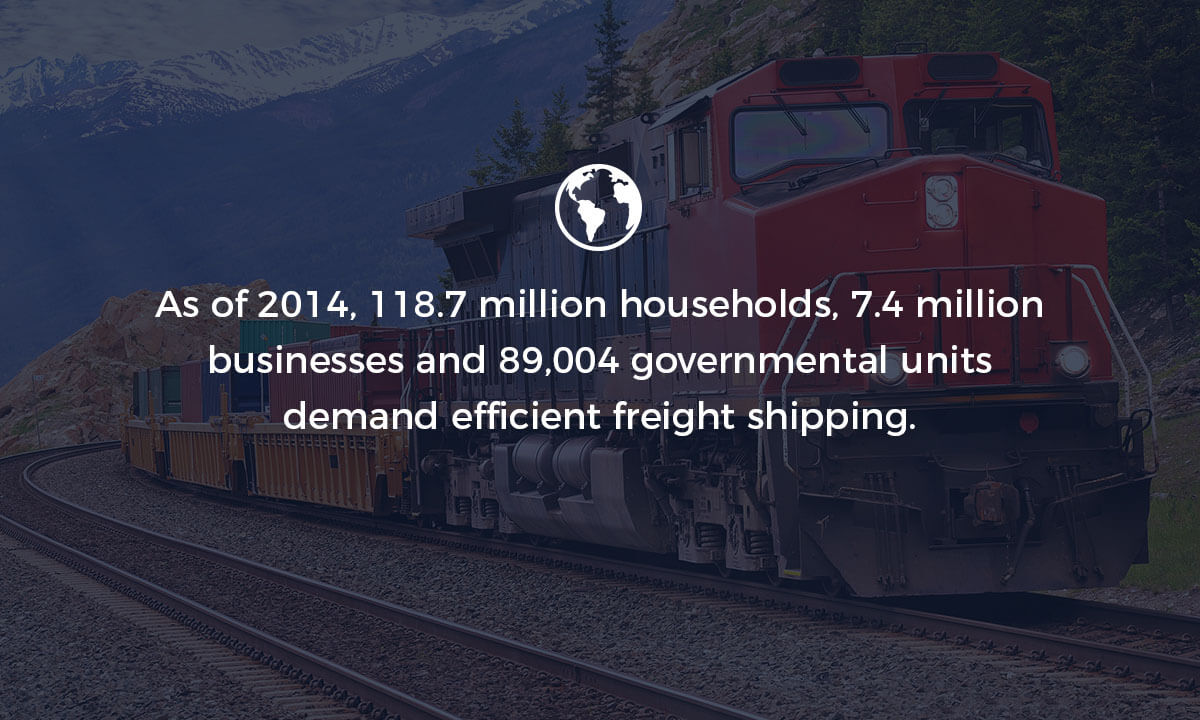

Differentiating these two terms is important as cargo loss prevention typically requires a bit more effort than freight damage protection. Read on to learn why.
Container Rain: What is it?
“Container rain”, sometimes used interchangeably with “container sweat”, refers to the condensation and moisture that builds up within a sealed cargo or freight container—condensation that results in freight damage or cargo damage to the goods inside. The shipment arrives, and although there are no holes in the container, the walls appear to sweat or the ceiling appears to rain, leaving many longshoremen baffled. Although it might seem confusing, there’s a very solid scientific explanation for why container rain occurs.
- Humidity at the Loading Location
All containers hold moisture to some extent (since air always holds water), but loading at a humid location can make matters much worse. If you load freight or cargo in a tropical location such as Florida, that moisture-rich air will enter the container while it’s being packed. The humid air will create condensation as the shipment moves between different climates and the air becomes hotter and colder. As warm, moist air cools below its dew point, the air condenses against the coldest available surfaces. When the temperature heats up again, the moisture is released in droplets that resemble rain or sweat. - Temperature Changes Mid-Route
The fluctuation between tropical temperatures and cooler areas of the United States can be dramatic. As cargo or freight moves, and the temperature outside of the container drops, the contents inside cool down. This causes hygroscopic (or moisture-absorbing) goods, packaging materials and dunnage (the wood, matting, or material used to keep cargo in in place within the ship’s hold) to release their water contents. Because the environment inside the container is cold, the vapor is not absorbed by the air, and instead condenses along the lining. Moisture can be produced by many things commonly found in shipping containers, such as paper, books, cardboard, wood, mattresses, and much more.
Damage Caused by Container Rain
Most importers focus on the obvious dangers of theft and collision, but forget to consider the hidden threat of receiving water-damaged goods within a sealed shipping container. Depending on the frequency of heating and cooling cycles, a large amount of condensation can cause a container to rain from the inner ceiling or sweat from the walls. The moisture then drips onto the shipment, penetrates packaging or pools on the floor.
As the moisture is reabsorbed by the goods, it leads to significant damage such as:
- Corrosion
- Warping
- Fungus
- Mildew
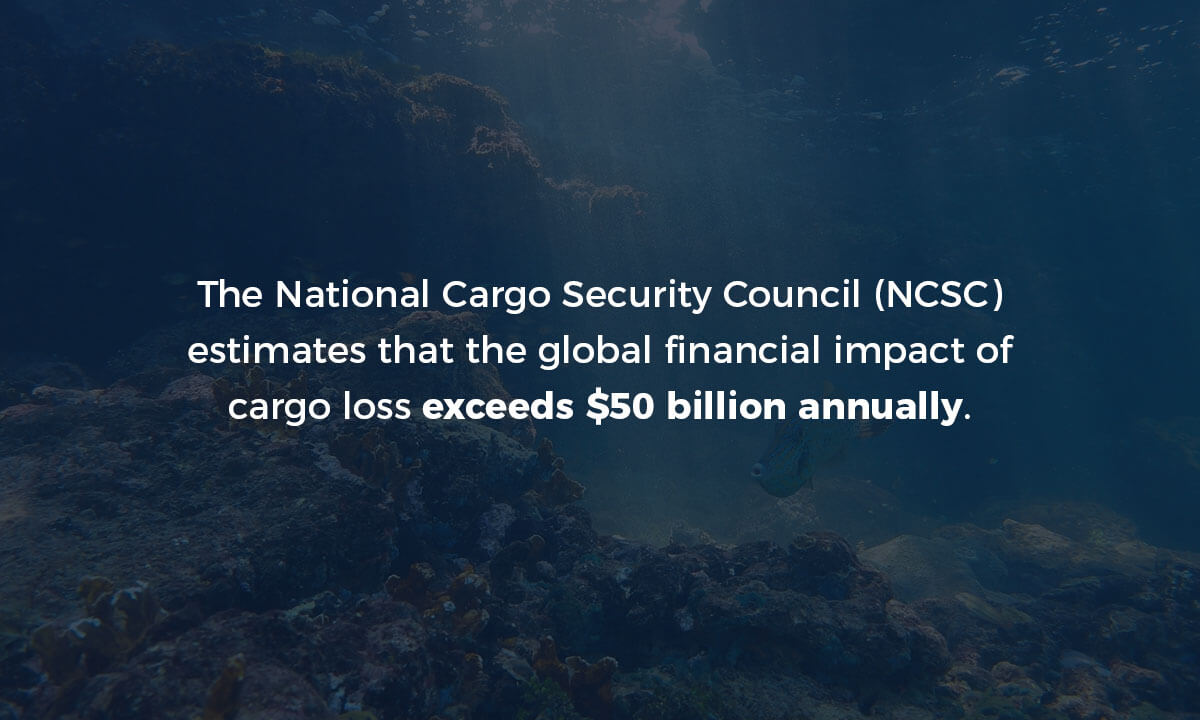

By the time water-damaged goods are received, it’s usually too late to salvage them and they typically need to be destroyed. If your cargo or freight container is entirely ruined by container rain, not only do you have to discard the entire shipment and waste all the product, but you also have to pay for an additional transport for your customer. You’ll lose revenue and could also jeopardize the credibility of manufactures and retailers.
Damage from container rain and sweat will most likely be attributed to packaging materials or the inherent vice of a product, which might not qualify for a claim. It’s a great idea to have pictures taken of your goods once they’re packed and stowed; proof of good condition might make or break your chances of reimbursement.
How to Keep a Shipping Container from Sweating
Cargo is much more susceptible to container rain than freight trains or trucks because mid-oceanic temperature changes occur much more frequently and abruptly than trans-American travel. BTS reports that maritime vessels carry 53% of U.S. imports, making the best cargo loss prevention efforts incredibly important.
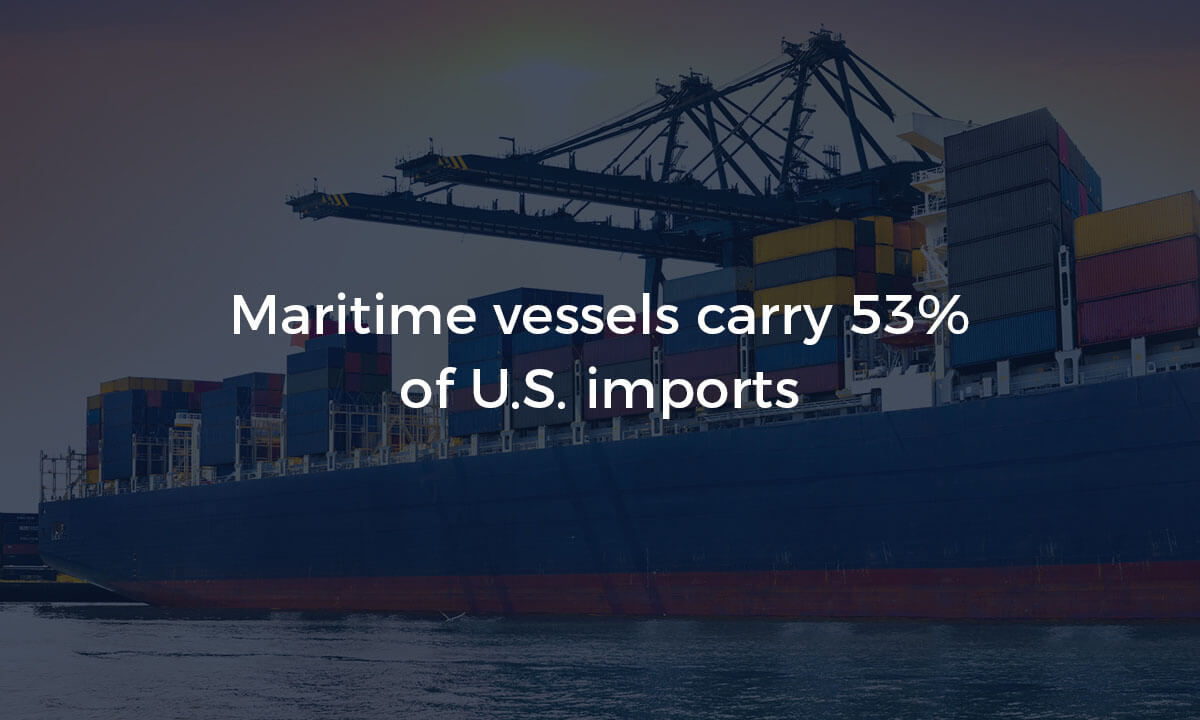

Whether you’re shipping cargo or freights, temperature changes can dramatically fluctuate from day to night, so the container rain phenomena could happen every 24 hours throughout the supply chain. Preventing container rain and sweat is much cheaper than fixing the damage once it’s happened; here are a few strategies to protect your product—and your wallet:
- Remove as much moisture as possible: Before packing the container, attach a towel to a broom and wipe it across the ceiling to remove excess moisture. Dry out the flooring and remove anything that might have moisture damage.
- Choosing the right pallets: When packing the cargo or freight, make sure you’re using the correct pallets. Pallets made from freshly cut wood which has sat out all winter exposed to the elements will do you no favors. Consider plastic pallets that don’t absorb water to reduce the likelihood of container rain.
- Dehumidifiers: These are great for removing moisture from wood flooring prior to shipping or long term storage, but will require ready access to power. You’ll also need to empty its content regularly or connect a hose to the outside of the container for drainage. Make sure to have the necessary parts in place before investing in a dehumidifier for freight damage prevention.
- Ventilation: Ventilation can remove the warm air from the container and draw in the external ambient air to equalize interior and exterior temperatures. While this can be a great way to prevent condensation and container sweat, it can also cause moist air to come inside the cargo or freight and perpetuate the problem. Think twice before using ventilation for cargo loss prevention in humid climates.
- Desiccants: One of the best ways to keep a shipping container from sweating is by placing desiccants in the container. Desiccants—or hygroscopic substances—absorb the moisture in the air, reduce the dew point, and maintain a state of dryness. Desiccants are great at preventing container rain, but be sure to use the right amount and replace it when necessary. Options include Hybag desiccant bags, Hyblankets, and absorbent Hypads.
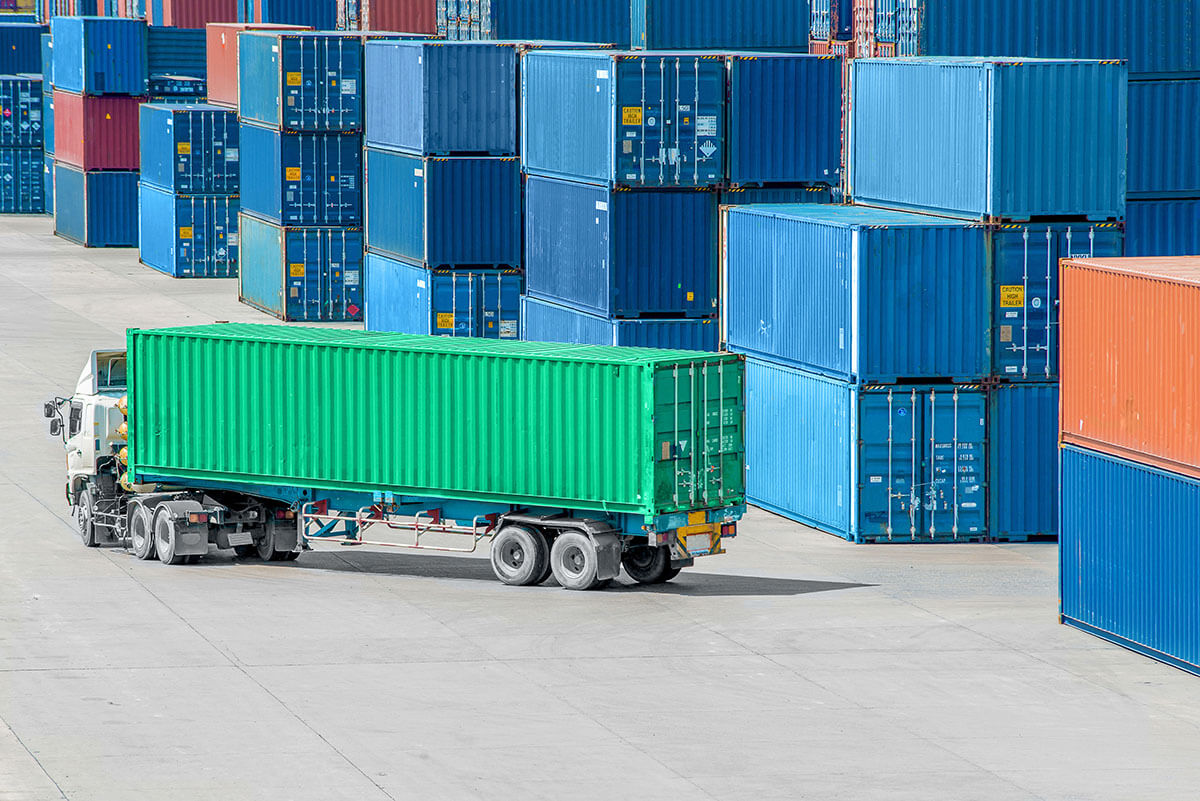

Eurolog Packing Group
Moisture damage caused by container rain frequently creates costly headaches for shippers all over the world. Eurolog has innovated ways to reduce the millions of dollars lost to condensation and humidity each year. By listening to the needs of our clients, we use sophisticated design to create solutions that help protect your imported and exported goods. Choose from a wide range of easy-to-use products—including liners, pads, and blankets—which prevent freight damage and cargo damage. Our premier protection allows you to rest easy knowing your shipment will arrive at its location both safe and dry.
Sell your product, don’t discard it. Browse the Eurolog Packing Group catalog to see all of our offerings and learn how simple it is to find freight damage prevention or cargo damage prevention for your shipping needs.

Sandra Malouf is the President of Eurolog Packing Group and has spent her career focused on Industrial Packaging. With a proven track record of helping businesses avoid supply chain disruptions, Sandra’s visionary leadership elevates the industry. She’s committed to developing sustainable practices and continues to shape the future of industrial packaging by listening to the customer and offering unique solutions applicable to various industries across the world. The company’s main focus is temperature stabilization and moisture damage prevention in exports affected by extreme variations in global temperatures.
© 2024 Eurolog Packing Group


